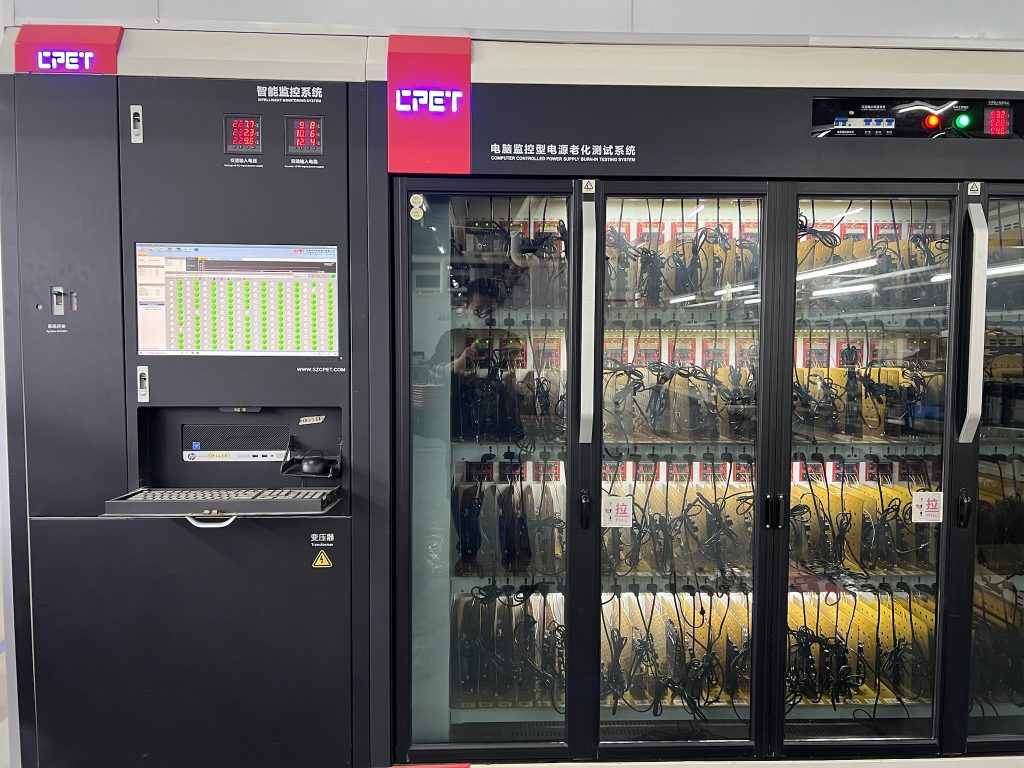

In the highly competitive realm of consumer electronics, the production of LCD TVs stands as a testament to the seamless integration of modern industrial machinery and precise assembly techniques. The journey from raw materials to a fully functional and market-ready TV is a complex and meticulously orchestrated process.
The first step in this elaborate process is the acquisition of essential components. LCD panels, available in diverse sizes and resolutions, form the core visual element of the TV. Rigorous inspections are carried out to detect any damage or pixel irregularities. Simultaneously, plastic injection-molded shells, including the front and rear casings, are scrutinized for cracks, chipped corners, and color consistency. The main control circuit board, sourced from suppliers proficient in Surface Mount Technology (SMT), is examined for potential short circuits, solder defects, and missing components. Ancillary items such as power cords, bases, remote controls, screws, and packaging materials like fluff cotton, eco-friendly bags, and cardboard boxes are also carefully selected and inspected to ensure they meet the exacting standards of size and integrity. These raw materials are then warehoused and systematically categorized for seamless retrieval during the assembly line operations.

The assembly of the LCD panel is a critical phase that demands utmost precision. The LED light strip is delicately installed and secured within the rear casing, followed by the meticulous lamination of optical films like diffusion and brightness enhancement films. This not only ensures uniform light distribution but also elevates the overall display quality. The LCD panel, after passing stringent tests, is then precisely positioned and affixed into the rear case using robotic arms for enhanced accuracy. Flat cables are then used to establish seamless connections between the panel, backlight, and circuit board, with great care taken to ensure cable neatness and connector stability. Special screws are employed to fasten the panel, maintaining an optimal balance between tightness and looseness. A final visual inspection is conducted to confirm panel alignment, cable tidiness, and the absence of any loose connections.

While we have reliable motherboard suppliers, understanding the assembly process is crucial. SMT assembly involves the precise placement of resistors, capacitors, and chips onto the main control circuit board. Plug-in components such as power interfaces, switches, and connectors are then added. Strategic dispensing of glue secures specific components, and manual assembly ensures the correct positioning of power management and audio processing chips. Soldering stations are used to create reliable connections between chips and the board's gold fingers. Rigorous optical and electrical performance tests follow, with any detected issues promptly addressed through disassembly and repair.

This stage is the litmus test for the TV's functionality. The power-on test verifies the seamless startup of the device. Image tests meticulously examine the display for any artifacts, dirt, scratches, and ensure color accuracy, contrast, brightness, and resolution meet the highest standards. Sound tests assess volume, audio quality, and channel balance using specialized signal sources. Key tests confirm the responsiveness of all control buttons, and interface tests guarantee the flawless operation of USB, HDMI, and audio jacks. Any non-conforming products are immediately flagged for rework, repair, and subsequent retesting.

The tested circuit board is carefully inserted into the front housing, and the assembled LCD panel components are aligned and securely connected. The front and rear shells are then joined, and screws are tightened to ensure structural integrity. Speakers, control buttons, and other components are connected to their respective interfaces, and connecting cables are used to establish a seamless communication network between the motherboard and peripherals. A comprehensive visual inspection ensures all connections are secure and cables are neatly arranged. A final test signal is applied to confirm the flawless integration of image and sound.

The finished product undergoes a thorough cleaning to remove any fingerprints or dust. A protective film is applied, and labels bearing the product's name, specifications, and barcode are affixed. The TV is then carefully placed into a pre-prepared carton or plastic packaging box, which is clearly marked with brand, model, and quantity details. These packaged units are stored in a designated warehouse area before being loaded onto trucks for distribution. Each product's serial number and barcode are scanned and recorded for traceability and quality audit purposes. Returns due to quality issues are systematically sorted, reworked, or scrapped as appropriate.
In conclusion, the production of LCD TVs is a symphony of technology and craftsmanship. Every step, from raw material sourcing to final packaging, demands unwavering attention to detail and strict quality control. By continuously optimizing production lines, enhancing automation, and nurturing a skilled workforce, manufacturers can ensure the efficient and reliable production of high-quality TV products that captivate consumers and set new benchmarks in the market.


Stay Informed And Inspired